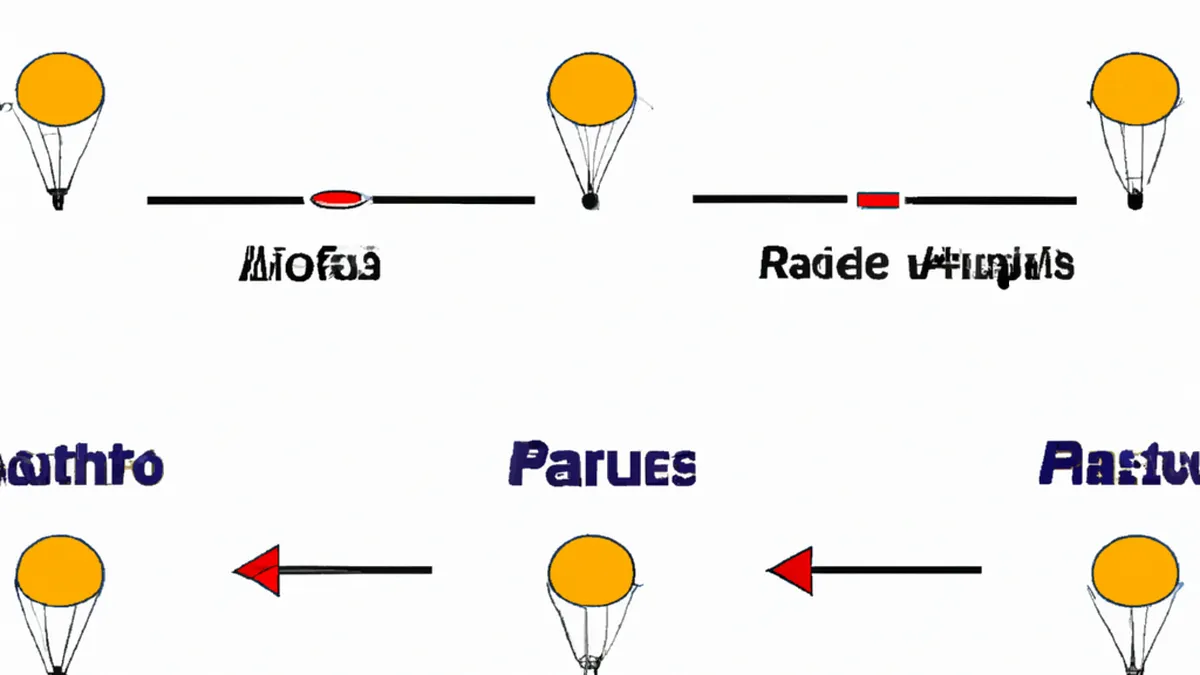Unearth Your Speed Potential with Parachutes
The Role of Parachute Sprinting in Developing Speed for Basketball Players
Basketball demands quick speed, agility, and endurance. Players must accelerate, change directions, and sprint explosively to the basket. Parachute sprinting has become a popular training method for athletes. This technique enhances speed, strength, endurance, and overall athleticism. In this blog post, we will examine how parachute sprinting benefits basketball players and the key components for effective training.
Understanding Parachute Sprinting
Parachute sprinting involves running while pulling a parachute that creates resistance. As the athlete sprints, the parachute opens and creates drag. This drag forces the body to work harder, promoting strength gains and improved speed. Parachute sprinting mimics basketball demands, where players often sprint against defenders or accelerate quickly.
How It Works
When basketball players use parachute sprinting, they experience increased drag from the parachute. This resistance compels athletes to exert more force with each stride. The body adapts to this increased workload, improving overall speed and power. Additionally, parachute sprinting enhances running mechanics, crucial for optimal performance on the court.
Key Components of Parachute Sprinting
To utilize parachute sprinting effectively, players should focus on several key components:
1. **Correct Technique**: Athletes should maintain an upright posture, engage their core, and drive their knees high while sprinting. Proper form maximizes benefits and reduces injury risks.
2. **Sprint Mechanics**: Players must drive their knees and maintain quick foot turnover. Emphasizing explosive starts and consistent speed maximizes parachute sprinting’s training effect.
3. **Controlled Environment**: Choose a flat, open area for parachute sprinting. This ensures safety and allows athletes to focus on form and speed. Grass fields or tracks work best for this training.
Benefits of Parachute Sprinting for Basketball Players
Incorporating parachute sprinting into training offers several benefits that enhance on-court performance.
Increased Speed and Acceleration
Parachute sprinting significantly boosts an athlete’s speed and acceleration. The parachute’s resistance forces players to push harder and run faster, improving explosive speed. This increased speed can change the game during fast breaks, allowing players to outrun defenders or create scoring opportunities.
Enhanced Muscle Strength
The added drag from the parachute engages more muscles, promoting strength development.
Conclusion
Parachute sprinting effectively enhances speed, strength, and overall athleticism for basketball players. Incorporating it into training can lead to significant performance improvements.
Below are related products based on this post:
FAQ
What is parachute sprinting and how does it benefit basketball players?
Parachute sprinting involves running while pulling a parachute that creates resistance, which forces the body to work harder. This technique benefits basketball players by enhancing speed, strength, and endurance, mimicking the explosive movements and quick accelerations needed during games.
What are the key components to effectively practice parachute sprinting?
To effectively practice parachute sprinting, players should focus on maintaining correct technique with an upright posture, engaging their core, and driving their knees high. Additionally, they should emphasize sprint mechanics, such as quick foot turnover and explosive starts, and choose a controlled environment like a flat grass field or track for safety and optimal performance.
How does parachute sprinting improve on-court performance?
Parachute sprinting improves on-court performance by significantly increasing an athlete’s speed and acceleration. The added resistance from the parachute compels players to exert more force, leading to enhanced explosive speed, which is crucial for outrunning defenders and creating scoring opportunities during fast breaks.















Post Comment